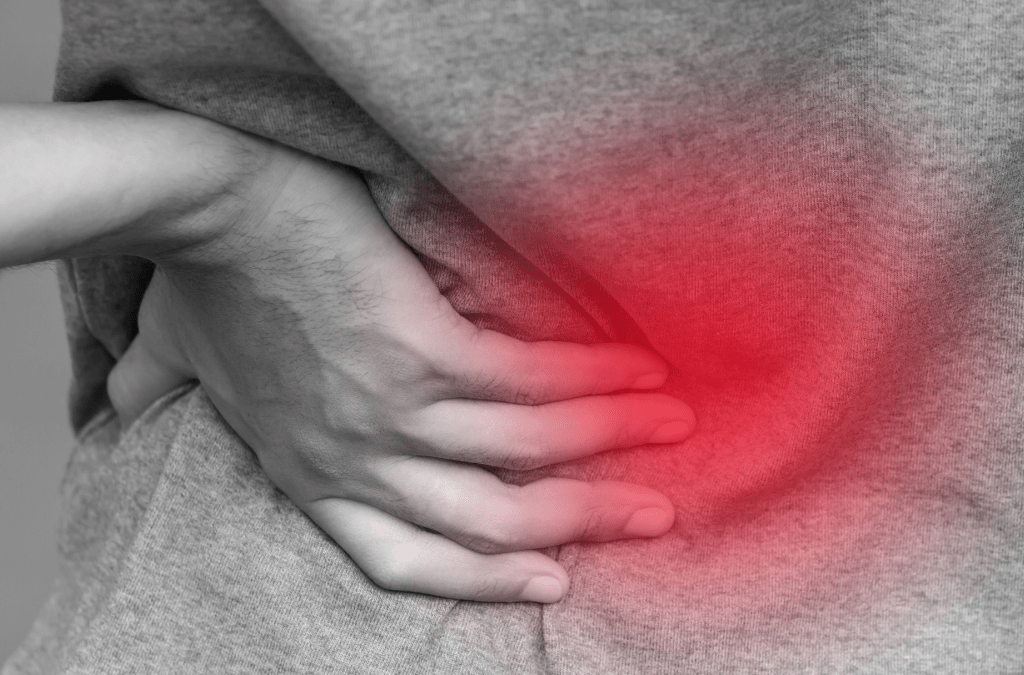Dealing with the constant pain of a dislocated disc means that every movement is a reminder that your body isn’t cooperating. Traditional treatments might offer some relief, but what if there was a way to tap into your body’s natural healing power to not just mask the pain but actually heal the injury? That’s where PRP Therapy comes in. PRP, or Platelet-Rich Plasma Therapy, is like giving your body a turbo boost for recovery. In this blog, we’ll dive into how PRP Therapy can play an important role in helping you bounce back from a dislocated disc injury.
What is PRP Therapy?
PRP Therapy, or Platelet-Rich Plasma Therapy, is like a personalized power-up for your body’s natural healing process. But how exactly does it work? It starts with your own blood, literally. Here’s the gist:
Blood Draw: A small sample of your blood is taken, usually from your arm, just like when you’re getting a routine blood test.
Concentration Process: This blood is then placed in a centrifuge, a machine that spins it rapidly to separate the different components. What we’re after here are the platelets, tiny cell fragments that are rich in growth factors. These growth factors are essential because they signal your body to start the repair process.
Injection into the Injury Site: Once we have a concentrated dose of these platelets, they’re injected directly into the area where you have the dislocated disc. This is where the magic happens. The concentrated growth factors go to work, accelerating tissue repair, reducing inflammation, and ultimately, helping to heal the damaged disc.
What makes PRP Therapy stand out is its ability to boost your body’s own repair mechanisms in a targeted way. Unlike medications that just dull the pain or general treatments that might not reach the root of the problem, PRP Therapy delivers a healing punch right where it’s needed most. It’s a minimally invasive option that’s all about working with your body, not against it.
PRP Therapy vs. Traditional Treatments
When it comes to treating a dislocated disc, you’ve probably heard about the usual suspects: physical therapy, painkillers, maybe even surgery in extreme cases. But here’s the thing, most traditional treatments focus on managing symptoms rather than tackling the root cause of the problem. Sure, physical therapy can help strengthen the muscles around your spine, and pain meds might make life bearable, but they’re not doing much to actually heal that dislocated disc.
That’s where PRP Therapy sets itself apart. Unlike these conventional methods, PRP Therapy is all about getting to the heart of the issue. It doesn’t just mask the pain or temporarily improve your mobility; it works to actually repair the damaged disc tissue. Here’s why that’s a game-changer:
Direct Healing: PRP Therapy targets the injury directly by injecting concentrated growth factors right where they’re needed. These growth factors help to rebuild and repair the damaged tissue.
Long-Term Benefits: Because PRP Therapy encourages real healing, the benefits are long-lasting. You’re not just kicking the can down the road, you’re investing in a future where you’re not constantly battling the same pain.
Reduced Risk of Re-Injury: By strengthening the disc and surrounding areas, PRP Therapy may even help prevent future injuries, making it a proactive, not just reactive, treatment.
In short, while traditional treatments can help you manage a dislocated disc, PRP Therapy offers a more comprehensive solution that goes beyond symptom relief to promote real, lasting healing.
The Recovery Process with PRP Therapy
Recovering from a dislocated disc with PRP Therapy isn’t an overnight process, but the gradual improvements can be life-changing. The beauty of PRP Therapy lies in its natural, minimally invasive approach. Unlike surgery, which can be daunting and requires a long recovery period, PRP Therapy allows you to continue with your life while your body heals itself.
Here’s what you can expect during the recovery process:
Gradual Improvement: After receiving PRP injections, most people don’t see immediate results. Instead, the healing process happens over weeks or even months. But that’s a good thing! It means your body is rebuilding itself from the inside out, not just slapping on a temporary fix.
Reduced Pain: As the treatment starts to work, you’ll likely notice a reduction in pain. It won’t happen all at once, but you’ll start having more good days than bad, and that’s a huge win.
Increased Mobility: With less pain, you’ll find it easier to move around. Whether it’s getting back to your favorite sport or simply going for a walk without wincing, PRP Therapy helps you regain the freedom to do the things you love.
What’s really exciting about PRP Therapy is that it’s not just about making you feel better in the short term, it’s about setting you up for long-term success. With a stronger, healthier disc and surrounding tissues, you’re less likely to face the same problems down the road. So while the recovery process requires patience, the payoff is well worth it.
Ready to Start Your Recovery Journey?
PRP Therapy is more than just a treatment, it’s a pathway to long-term healing and improved quality of life, especially for those dealing with a dislocated disc. Whether you’re in San Francisco, or surrounding areas, PRP Therapy at Avid Sports Medicine offers a cutting-edge solution to get you back to your active lifestyle. Ready to take the next step? Book an appointment with us today and start your journey toward lasting relief.v

